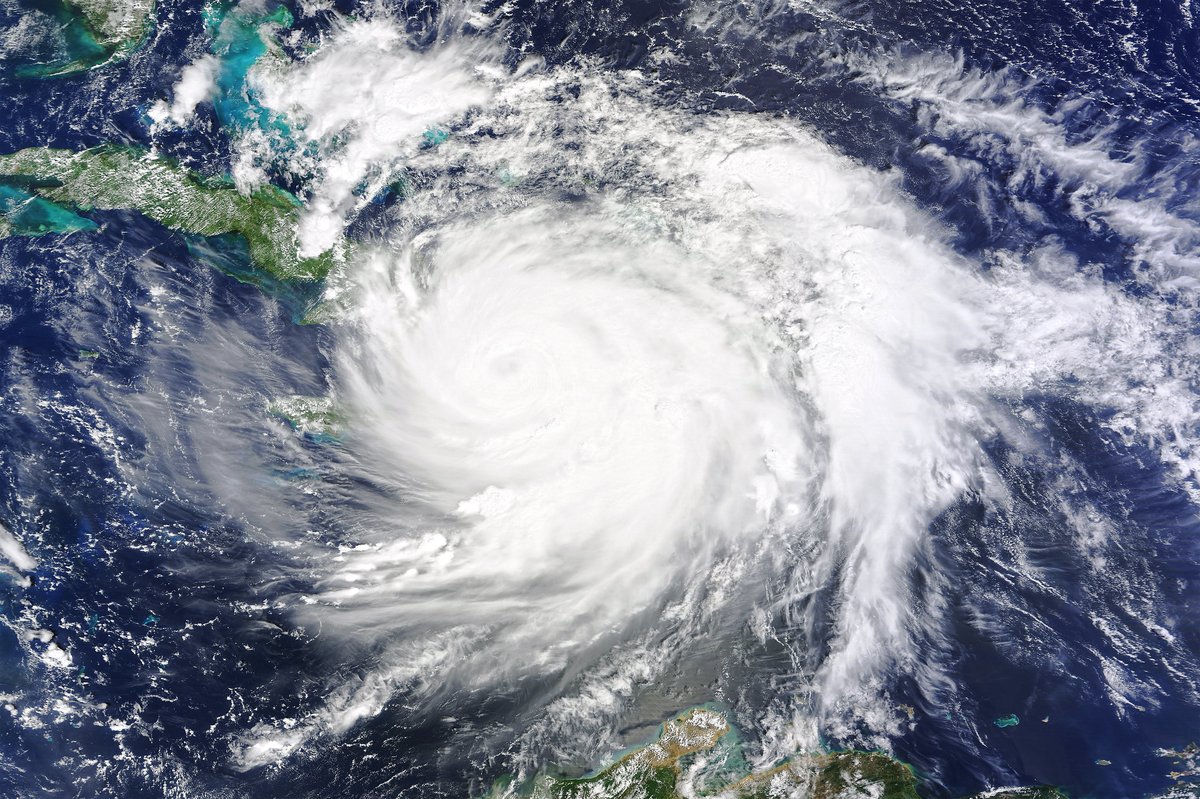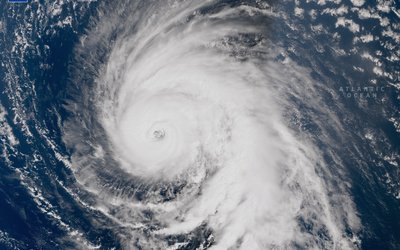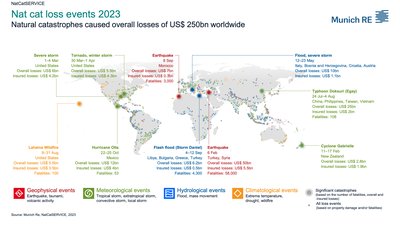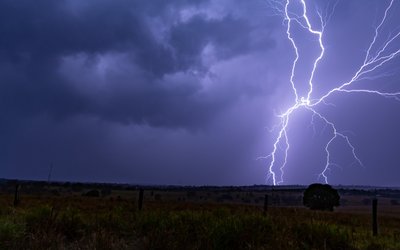
Photo: Hurricane Matthew, 2016 (NASA, www.flickr.com)
30% faster
Tropical cyclones can develop when the surface temperature of ocean water is at least 27 °C. It takes some time for the onset of a tropical storm to develop into a major hurricane. An analysis of hurricanes that have developed on the Atlantic Ocean from 1971 to 2020 shows that hurricanes develop much faster now than they used to several decades ago. The maximum rates at which these hurricanes intensify has increased from 1971 to 2020. This increase was – on average for all the observed hurricanes – up to almost 30% in the first two decades of this century compared to the reference period of 1971–1990. A tropical cyclone that intensified by 50 kts – or 26 m/sec – in 24 hours in the first two decades of this century, would need 36 hours in the reference period to intensify by this same wind speed. As a result, the number of tropical cyclones that intensify from a category 1 hurricane (or weaker) into a major hurricane within 36 hours has more than doubled today relative to the reference period.
A link with global warming
This increase of the intensification rates is the result of warmer upper ocean water due to global warming. Warm waters serve as a critical energy source for the strengthening storms. The world’s oceans have warmed at the surface by 0.88 °C from 1850–1900 to 2011–2020, of which 0.60 °C since 1980. You can expect that the faster warming of the oceans in recent decades has also led to faster development of hurricanes.
Consequences
The consequences of this faster development of hurricanes are major because the time residents have to prepare for them is much shorter than before. The most damaging tropical cyclones to impact the coasts of Central and North America strengthened rapidly, with most evolving from tropical storms to major hurricanes (category 3 on the Saffir-Simpson scale or greater) in under three days. From 2001 to 2020, for instance, there were 28 events where category 1 cyclones intensified into major cyclones within 12 hours; in 1971-1990, this number of events was ‘only’ 9.
These results demonstrate the dramatic increase of hazards posed by tropical cyclones on the coastlines of Central and North America, including the Caribbean, under global warming. The author of this study concludes that, in addition to more action on climate mitigation to limit future warming of the oceans, also investments are needed in emergency preparedness plans and resilience measures that will allow coastlines to adapt to tropical cyclones that have already begun to exhibit increased rates of strengthening.
Source: Garner, 2023. Nature Scientific Reports 13: 16299.








